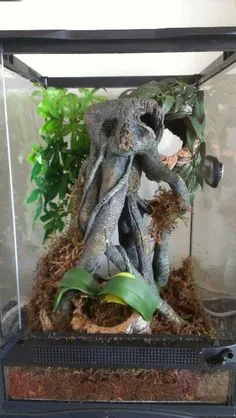Choosing the Best Tarantula Enclosure
Creating the perfect habitat for your tarantula is crucial for its health and well-being. The best tarantula enclosure provides a secure, comfortable, and enriching environment that mimics the spider’s natural habitat. Selecting the right enclosure involves careful consideration of several factors, including the tarantula’s species, size, and specific needs. This guide will help you navigate the essential aspects of choosing an appropriate enclosure, ensuring your eight-legged friend thrives. Remember that a well-chosen enclosure contributes significantly to the overall happiness and longevity of your tarantula, allowing you to enjoy your pet for years to come.
Size Matters for Your Tarantula
One of the most critical aspects of tarantula enclosure selection is size. A tarantula needs enough space to move around, hunt, and establish its territory. An enclosure that is too small can restrict movement and lead to stress, while an enclosure that is excessively large can make it difficult for the tarantula to find food and feel secure. The ideal enclosure size depends on the species and the size of your tarantula. Generally, the enclosure should be at least twice the leg span of the tarantula in width and length and the height should be enough to allow for substrate and decor without the tarantula being able to reach the top easily. Proper sizing helps in maintaining a comfortable environment for the tarantula.
Enclosure Dimensions for Specific Tarantula Species
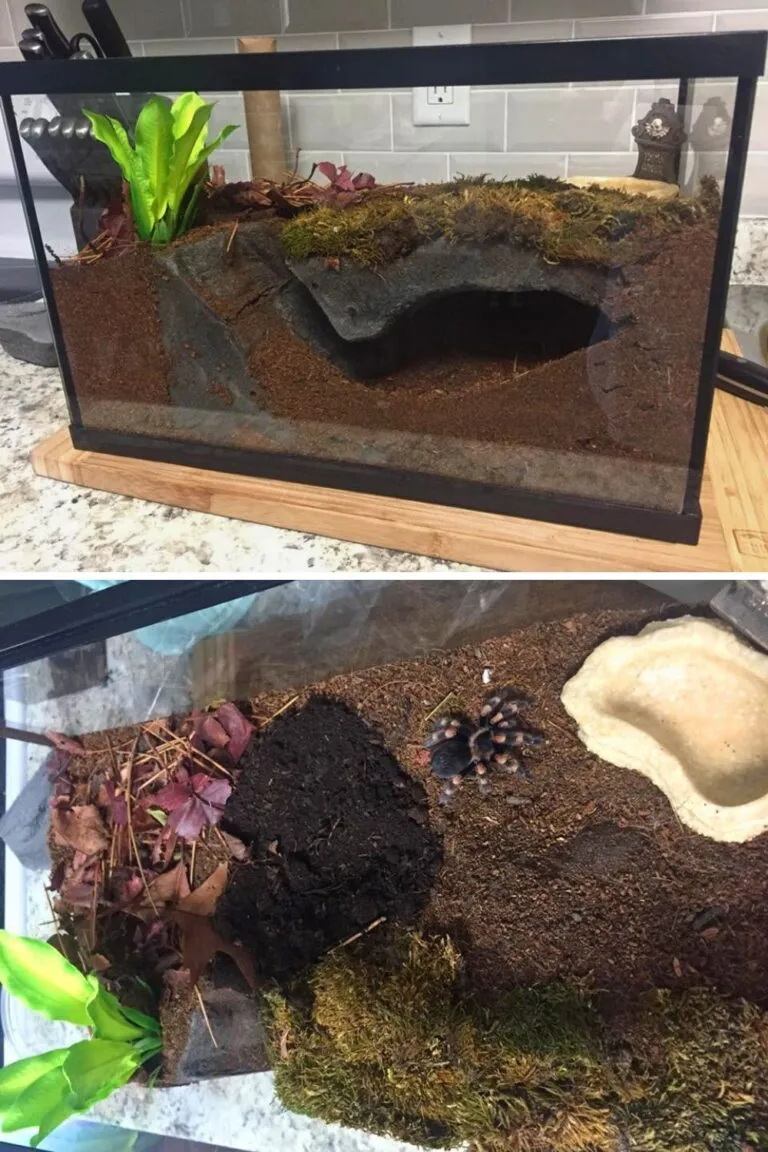
Different tarantula species have varied needs when it comes to enclosure size. For terrestrial species, a larger horizontal space is more important, allowing them to explore their territory and hunt. Arboreal species, on the other hand, require more vertical space for climbing and web-building. Researching the specific requirements of your tarantula species is essential. For example, a juvenile terrestrial tarantula might thrive in a 5-gallon enclosure, while an adult of the same species would need a 10-gallon or larger tank. Similarly, arboreal species like the Pinktoe Tarantula may do well in a taller enclosure. Consulting experienced tarantula keepers or reputable online resources can provide valuable insights into the ideal enclosure dimensions for your particular species.
Ventilation is Key
Proper ventilation is paramount for maintaining a healthy tarantula enclosure. Adequate airflow prevents the buildup of harmful mold, mildew, and ammonia, which can be detrimental to your tarantula’s health. Insufficient ventilation can also lead to respiratory problems and create an environment that is too humid, increasing the risk of fungal infections. The enclosure should have ventilation holes or a mesh top, ensuring sufficient air circulation while preventing the tarantula from escaping. The design of the enclosure should facilitate a balance between airflow and humidity, which is crucial for the well-being of your tarantula and to provide proper environment.
Proper Ventilation Methods
There are several ways to ensure proper ventilation in a tarantula enclosure. Mesh tops are a common and effective solution, as they allow for good airflow while preventing escapes. You can also incorporate ventilation holes along the sides or top of the enclosure. The number and placement of these holes should be carefully considered to balance airflow with humidity control. In some cases, a cross-ventilation design, where air enters from one side and exits from another, can be beneficial. Always monitor the enclosure’s humidity levels to ensure they are within the appropriate range for your tarantula’s species. Adjusting ventilation as needed is essential for a healthy habitat.
Substrate Selection for a Healthy Habitat
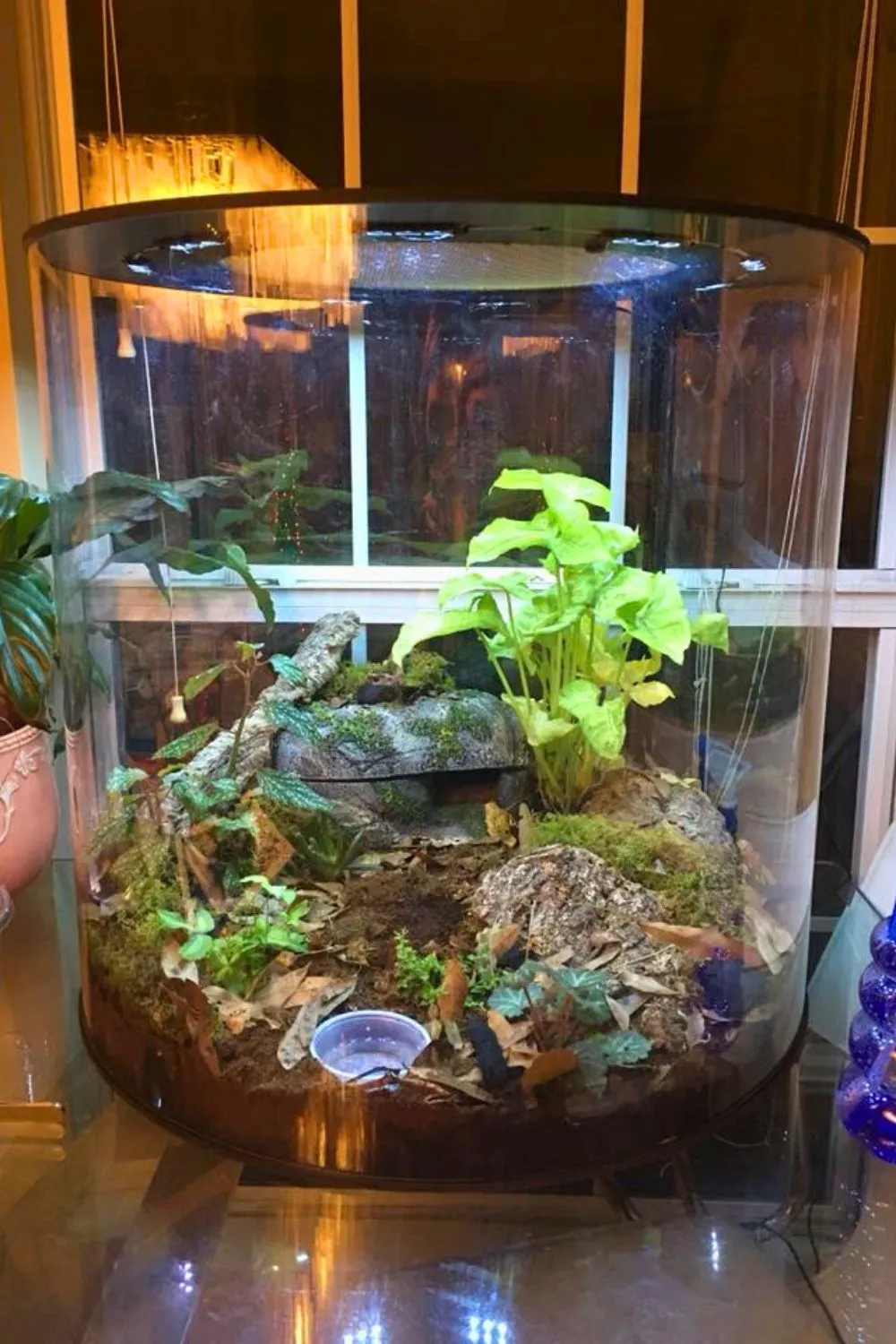
The substrate, or bedding, in your tarantula enclosure serves multiple purposes. It provides a comfortable surface for your tarantula to walk on, burrow in, and build its hide. The substrate also helps to maintain humidity levels and absorb waste, contributing to a cleaner and healthier environment. Choosing the right substrate is essential for the overall well-being of your tarantula. The best substrate is one that is safe, absorbent, and suitable for the species. Considerations should include whether the tarantula is terrestrial, arboreal, or fossorial and the humidity needs of the specific tarantula.
Ideal Substrate Types for Tarantulas
Various substrate options are available, each with its advantages and disadvantages. Coconut fiber, also known as coco coir, is a popular choice because it is highly absorbent, holds humidity well, and is readily available. Peat moss is another good option, providing excellent moisture retention and a natural appearance. Sphagnum moss is ideal for creating humid microclimates within the enclosure. For arid species, a mix of sand and soil may be more appropriate. Avoid substrates like cedar or pine shavings, as these can be toxic to tarantulas. It’s often beneficial to mix different substrate types to create an optimal environment. When choosing a substrate, always consider the specific needs of your tarantula species.
Humidity and Temperature Control
Maintaining the correct humidity and temperature levels is crucial for the health and well-being of your tarantula. Tarantulas thrive within specific environmental parameters, and deviations from these can lead to health issues, such as molting problems or respiratory infections. The ideal humidity and temperature range varies depending on the species, but generally, it’s necessary to provide the correct balance. Regularly monitoring and adjusting these parameters is essential for creating the perfect environment for your pet. Use a hygrometer and a thermometer to keep track of the conditions within the enclosure. Humidity and temperature are interconnected and must be managed in concert.
Maintaining Optimal Humidity Levels
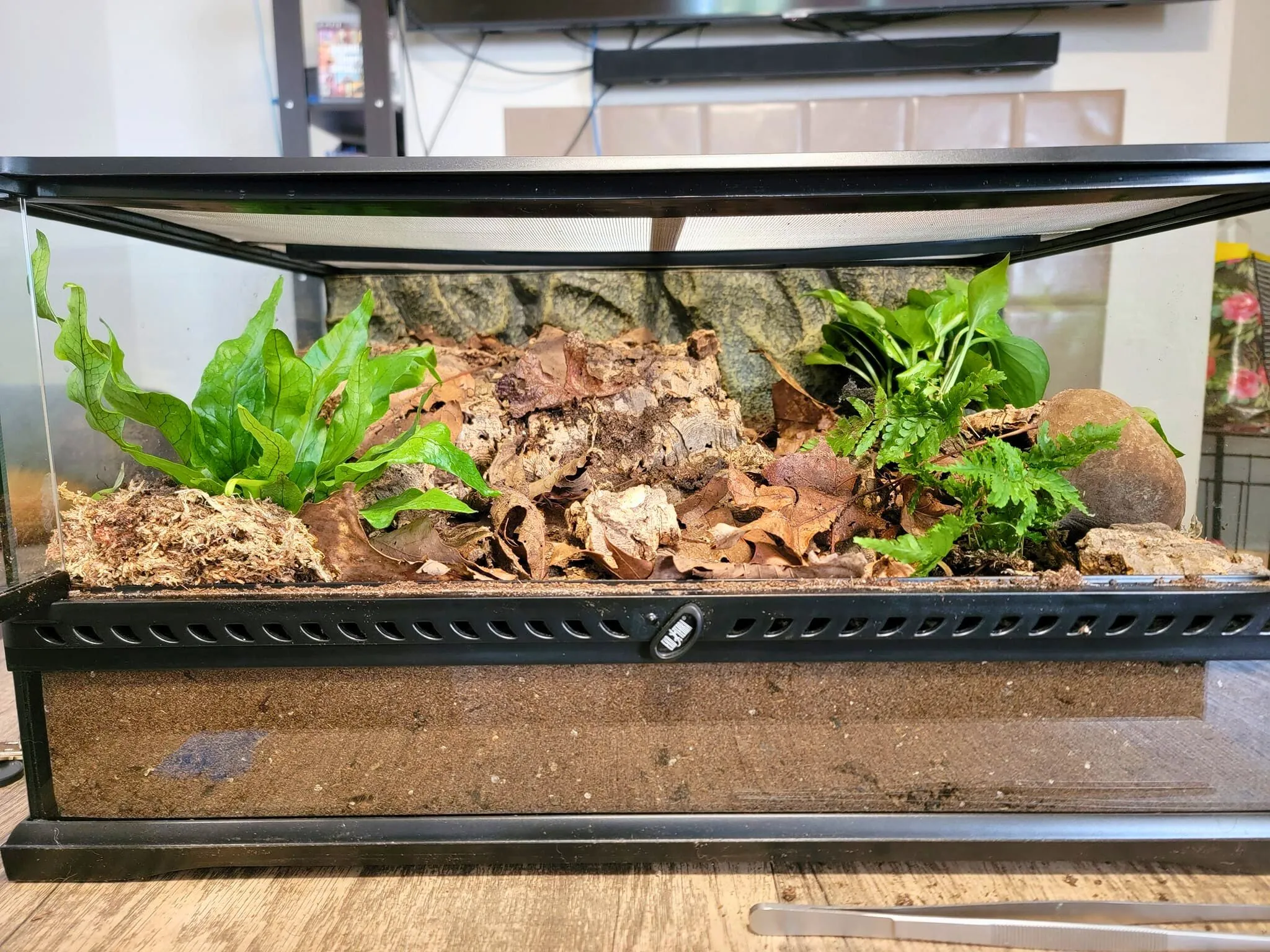
Humidity levels can be regulated in several ways. Misting the enclosure with dechlorinated water is a common method, especially for species that require higher humidity. The frequency of misting depends on the species and the enclosure’s ventilation. Providing a water dish allows the tarantula to drink and contributes to humidity. The substrate choice also plays a significant role in humidity control; substrates like coco coir retain moisture well. Ensure proper ventilation to prevent the enclosure from becoming too humid, which can lead to mold and bacterial growth. For some species, a humid hide, such as a hide filled with damp sphagnum moss, can provide a localized, humid microclimate.
Temperature Regulation Techniques
Temperature is equally important. Most tarantulas thrive in temperatures ranging from 75 to 85 degrees Fahrenheit. You can use a heat lamp or a heat mat to maintain the desired temperature. Heat lamps should be positioned to avoid direct contact with the tarantula and should only be used if necessary. Heat mats should be placed on the side or back of the enclosure, never directly under it, to prevent overheating. Always monitor the temperature with a thermometer to ensure it remains within the appropriate range. Avoid placing the enclosure in direct sunlight or near drafts, as these can cause fluctuations in temperature. Maintaining a consistent temperature is vital for your tarantula’s health and well-being.
Decorating Your Tarantula’s Enclosure
Decorating the tarantula enclosure provides enrichment, encourages natural behaviors, and enhances the aesthetic appeal of your pet’s habitat. Decorating the enclosure should focus on the tarantula’s needs and preferences. The right decorations create a stimulating environment that reduces stress and promotes overall well-being. Consider the tarantula’s species and its natural behaviors when choosing decorations. It is important to make the enclosure both functional and visually appealing. Avoid any decorations that are sharp, toxic, or could potentially harm the tarantula. Safe and well-chosen decorations contribute to a happier and healthier pet.
Essential Decorations for Tarantula Habitats
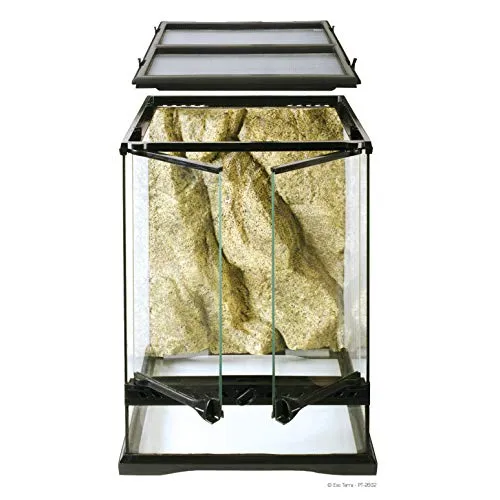
Essential decorations include hides, climbing structures, and appropriate substrate. Hides, such as cork bark or artificial caves, provide a secure retreat where the tarantula can feel safe and reduce stress. Climbing structures, such as branches or driftwood, are particularly important for arboreal species, allowing them to climb and explore their environment. Live or artificial plants add visual appeal and can help maintain humidity. Make sure that all decorations are securely placed and non-toxic. Regular cleaning and replacement of decorations are also important for maintaining a healthy and clean environment. A well-decorated enclosure will provide the tarantula with enrichment and encourage natural behaviors, making it a better and more enjoyable pet.
Avoiding Common Enclosure Mistakes
Avoiding common enclosure mistakes can significantly improve the health and longevity of your tarantula. One of the most common mistakes is choosing an enclosure that is either too small or too large for the species. Another common error is improper ventilation, which can lead to humidity imbalances and health issues. Overlooking substrate choice is another mistake, as using the wrong substrate can lead to mold, mites, and other problems. Failing to provide adequate humidity or temperature control can also have severe consequences. Always research the specific needs of your tarantula species. Proper research is key for the well-being of your pet. Careful planning and execution will ensure your tarantula thrives in its new home.
Conclusion
Creating the perfect tarantula enclosure is a rewarding experience that benefits both you and your pet. By following these tips, you can create a safe, enriching, and comfortable environment for your tarantula to thrive. From choosing the right size and substrate to controlling humidity and temperature, every detail matters. Regularly monitoring the enclosure and making adjustments as needed will ensure your tarantula lives a long, healthy, and happy life. With careful planning and attention to detail, you can enjoy the fascinating world of tarantulas for years to come.
